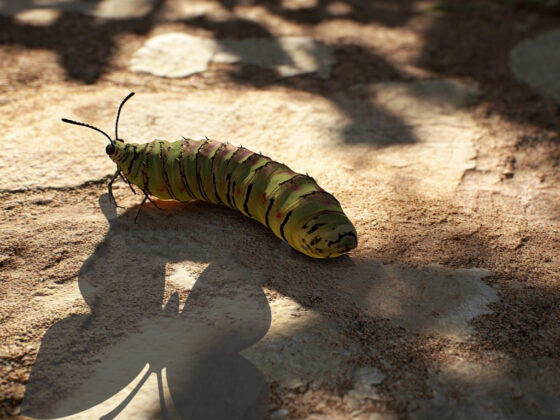In the remote highlands of Papua New Guinea’s Morobe Province, the Anga people have long practiced a unique form of mummification that has fascinated anthropologists and adventurers. This ritual, which involves smoking the bodies of deceased tribal leaders and important figures, has been a part of Anga culture for generations, although its exact origins remain unclear.

The process of creating these “smoked mummies” is both intricate and time-consuming. After death, the body is placed in a smoking hut, known locally as a “spirit haus,” where it is smoked over a smoldering fire for at least 30 days. This method effectively preserves the body by drying it out and preventing decomposition. Once the smoking process is complete, the mummies are covered in red clay to maintain their structural integrity and protect them from insects and scavengers.
The practice of mummification among the Anga was largely discontinued in the mid-20th century due to the influence of Christian missionaries who discouraged traditional rituals. By 1949, the practice had mostly ceased, although some elders like Gemtasu sought to preserve this cultural heritage by engaging with international researchers.

Today, the mummies of Aseki remain an object of curiosity and cultural significance. They are displayed in lifelike poses on bamboo scaffolding in shrines throughout the jungle, serving as a testament to the Anga’s rich cultural history. Despite their macabre appearance, these mummies continue to attract a small number of tourists each year who venture into the highlands to witness this extraordinary tradition.

While there are conflicting stories about certain aspects of the ritual—such as whether body fat was used as cooking oil—the Anga people themselves dismiss these as myths perpetuated by early Western explorers. Instead, they emphasize the importance of preserving their ancestors’ faces and memories, allowing them to remain a part of the community even after death.

As modern influences continue to shape Papua New Guinea, the future of this ancient practice remains uncertain. However, efforts by individuals like Gemtasu have helped keep the tradition alive in memory.










